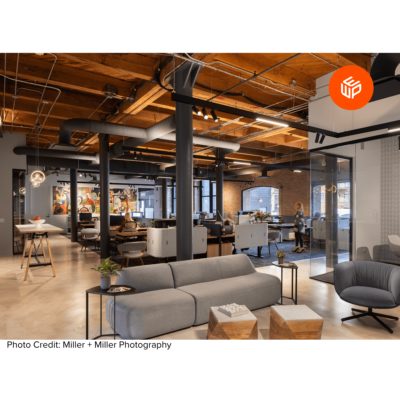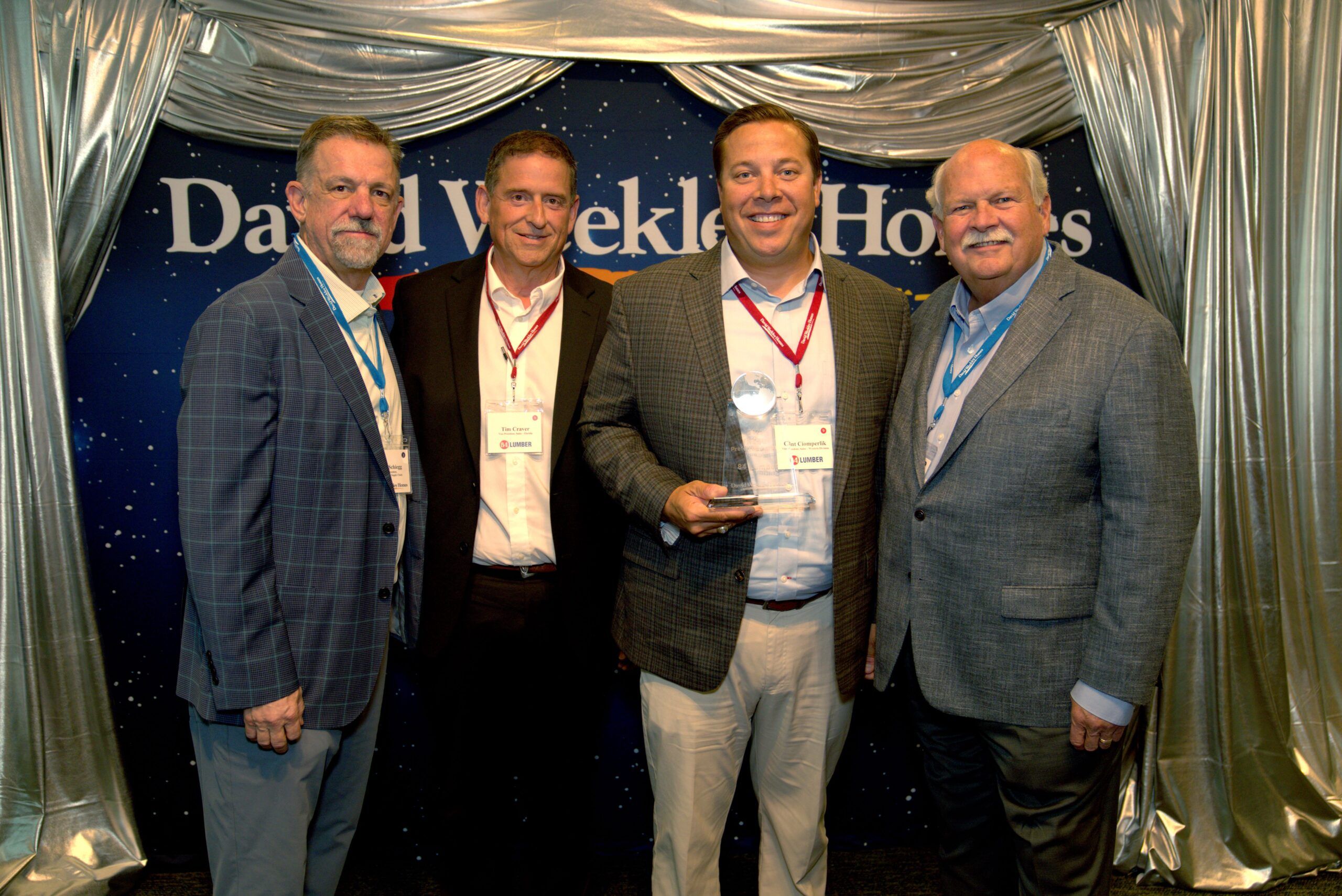Ten years ago, the hot topic in workplace design was creating environments for these new people – the Millennials. They were going to ruin everything. Fast forward to today where Forbes warns that the tech savvy generation Gen Z will transform and disrupt the workplace more than any generation before it – yet, the challenge remains the same. In the ever-evolving landscape of workplace design, architects and designers are constantly challenged to create environments that not only accommodate the needs of current employees, but also attract top talent from the newest generation entering the workforce. The generation known as Gen Z, spanning from the mid-1990s to the early 2010s, isn’t merely stepping into the workforce; they’re fundamentally altering and reshaping the landscape of work culture. So as we bid farewell to the era of millennials dominating discussions on workplace culture, we are faced with a new but familiar challenge: How do we create spaces that the near-to-exit baby boomers will appreciate that will also make their grandkids comfortable? Spaces that balance flexibility and collaboration while building a sense of community. It’s time to get creative.
Simply put, to Gen Z, flexibility and choice matter almost as much as feeling included. In fact, according to Handshake, nearly 60% of Gen Z place strong peer relationships and feeling part of a team high on the list of reasons to stay with an organization. Workplaces must evolve to encourage creativity and meaningful connections. Activity-based working describes a revolutionary shift in how teams optimize their workspace for productivity. This model embraces the idea that individuals thrive in diverse environments. Spaces designed to follow these principles empower employees to move around throughout the day, working in a variety of thoughtfully designed spaces. Heads down focus areas, private spaces for zoom calls, collaborative social spaces likened to a coffee shop and functional meeting spaces are all required components. Further, each of these spaces must be interesting in its own way. People don’t want to be in spaces that are boring and lifeless.
Today’s workplace should not only draw people in, it should reflect the company’s culture.
The way people interact with the space must reflect the way they are meant to interact with the company. This exceeds a democratization of the workplace and seeks to foster growth, support and community. Successful spaces go beyond simply echoing a brand, they foster the work environment and reflect how people relate to each other.
The future of office spaces cannot be adequately addressed without acknowledging the profound influence of technology. For their entire lives, technology has engaged Gen Z’ers. So it shouldn’t come as a surprise that, to attract and maintain future talent, technology’s role is important. It is also evolving. As lifelong engagement has almost entirely been about social interactions, how people communicate through technology at work is a big component of a technologically forward workplace. Yet, at work, its primary role is operations. Successful spaces allow technology to move and grow as the staff does to support operations and foster communication.
As the line between work and home continues to be blurred, flexible work schedules and work-from-home options aren’t new to the discussion, but remain an important demand from the next generation of the workforce. In the ever expanding digital and social media landscape, employees are constantly interacting within and outside their organizations via their social media channels.The New York Times recently coined the term “Envy Office” to describe the Instagrammable office design that attracts employees into the workplace and becomes the envy of others. That is not just about the aesthetic internally, it’s about visibility both internally and externally. Crafting spaces which speak to the full picture of employees’ lives not only sends a powerful message to existing teams, it can also serve as a useful recruiting tool. By showcasing an environment that goes beyond the typical work-focused setup, organizations position themselves as forward-thinking and employee-centric – a powerful draw for potential Gen Z hires who are looking for workplaces that understand and support the diverse dimensions of their lives. We expect to see offices which incorporate more lifestyle elements – food, health, community, shopping and entertainment – as well as companies that locate themselves near these elements.
The office is a physical embodiment of an organization’s values and culture. It should reflect the organization’s personality and beliefs throughout the office. Crafting spaces that resonate with the unique expectations and demands of Gen Z, while continuing to nurture the current expectations of the workforce, is challenging but necessary for the future of the workplace. Design is not only about aesthetics and comfort, it sends a powerful message to current employees and future prospects. Companies need to create environments that inspire and motivate employees while also being practical and sustainable.
The office serves as the stage where the delicate interplay of ambition and realism unfolds. It becomes a platform that sparks creativity and aspiration, while ensuring comfort, accessibility and productivity. By showcasing an environment that goes beyond the typical work-focused setup, smart companies working with multiple generations promote an atmosphere that celebrates balance and connection by acknowledging the needs and emphasis of work life balance. These priorities will not only help organizations to stay competitive, they will cultivate and entice a workforce that thrives in the ever-changing professional landscape of the future – a future that will be shaped by Gen Z.
By: Brett Polich, Managing Principal EWP Architects
Feature Image Courtesy of Miller & Miller Photography












